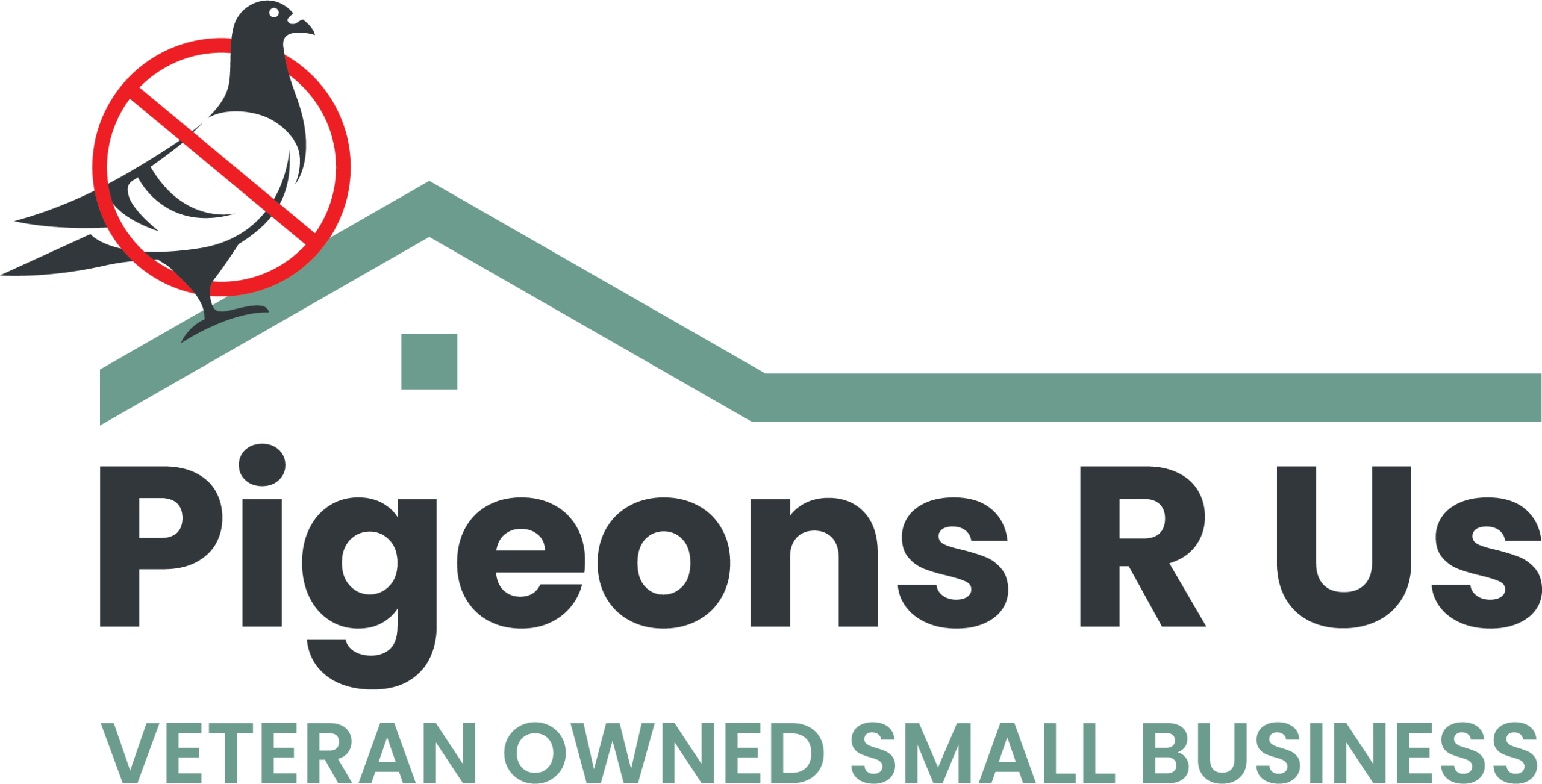Bird netting is a highly effective solution for protecting crops, gardens, buildings, and solar panels from bird damage and nesting. However, with various types and sizes of bird netting available on the market, choosing the right one can be a daunting task. In this comprehensive guide, we’ll explore everything you need to know about selecting the right bird netting for your specific needs.
Understanding Bird Netting
Bird netting is a physical barrier made from lightweight, durable materials such as polyethylene or nylon. It is designed to create a protective canopy that prevents birds from accessing certain areas while still allowing sunlight, air, and water to pass through. Bird netting is available in different mesh sizes, colors, and configurations to suit various applications.
Factors to Consider When Choosing Bird Netting
When selecting bird netting, consider the following factors to ensure you choose the right product for your needs:
- Mesh Size: The mesh size of bird netting determines the size of birds it can effectively exclude. Smaller mesh sizes are suitable for deterring small birds such as sparrows and finches, while larger mesh sizes may be necessary for larger birds like pigeons or seagulls.
- Material: Bird netting is typically made from polyethylene or nylon, both of which are durable and weather-resistant materials. Consider the durability, UV resistance, and longevity of the material when choosing bird netting for long-term applications.
- Color: Bird netting is available in various colors, including black, white, and transparent. The color of the netting can affect its visibility and aesthetic appeal. Choose a color that blends in with the surroundings and minimizes visual impact while still effectively deterring birds.
- Size and Configuration: Determine the size and configuration of bird netting needed to cover the area you want to protect. Bird netting comes in rolls or custom-cut sizes to fit specific dimensions, so measure the area accurately to ensure proper coverage.
- Installation Method: Consider the installation method required for the bird netting, whether it’s hanging, draping, or attaching directly to structures. Choose a netting style and installation method that is practical and effective for your particular application.
- Longevity and Maintenance: Evaluate the durability and maintenance requirements of the bird netting to ensure it can withstand environmental conditions and regular use. Look for bird netting with UV stabilizers and weather-resistant coatings for extended durability and minimal maintenance.
Applications of Bird Netting
Bird netting can be used for a wide range of applications, including:
- Protecting crops and fruit trees from bird damage
- Safeguarding gardens and ornamental plants from birds and pests
- Preventing birds from nesting or roosting in buildings, eaves, and balconies
- Securing outdoor areas such as patios, decks, and swimming pools from bird intrusion
- Shielding solar panels, air conditioning units, and other outdoor equipment from bird damage and debris
Conclusion
Choosing the right bird netting is essential for effectively deterring birds and protecting your property from damage and nesting. By considering factors such as mesh size, material, color, size, installation method, longevity, and application, you can select bird netting that meets your specific needs and provides reliable bird control solutions. Whether you’re safeguarding crops, gardens, buildings, or outdoor equipment, investing in high-quality bird netting is an investment in long-term bird management and property protection. With the right bird netting in place, you can enjoy peace of mind knowing that your property is safe from avian intruders.
